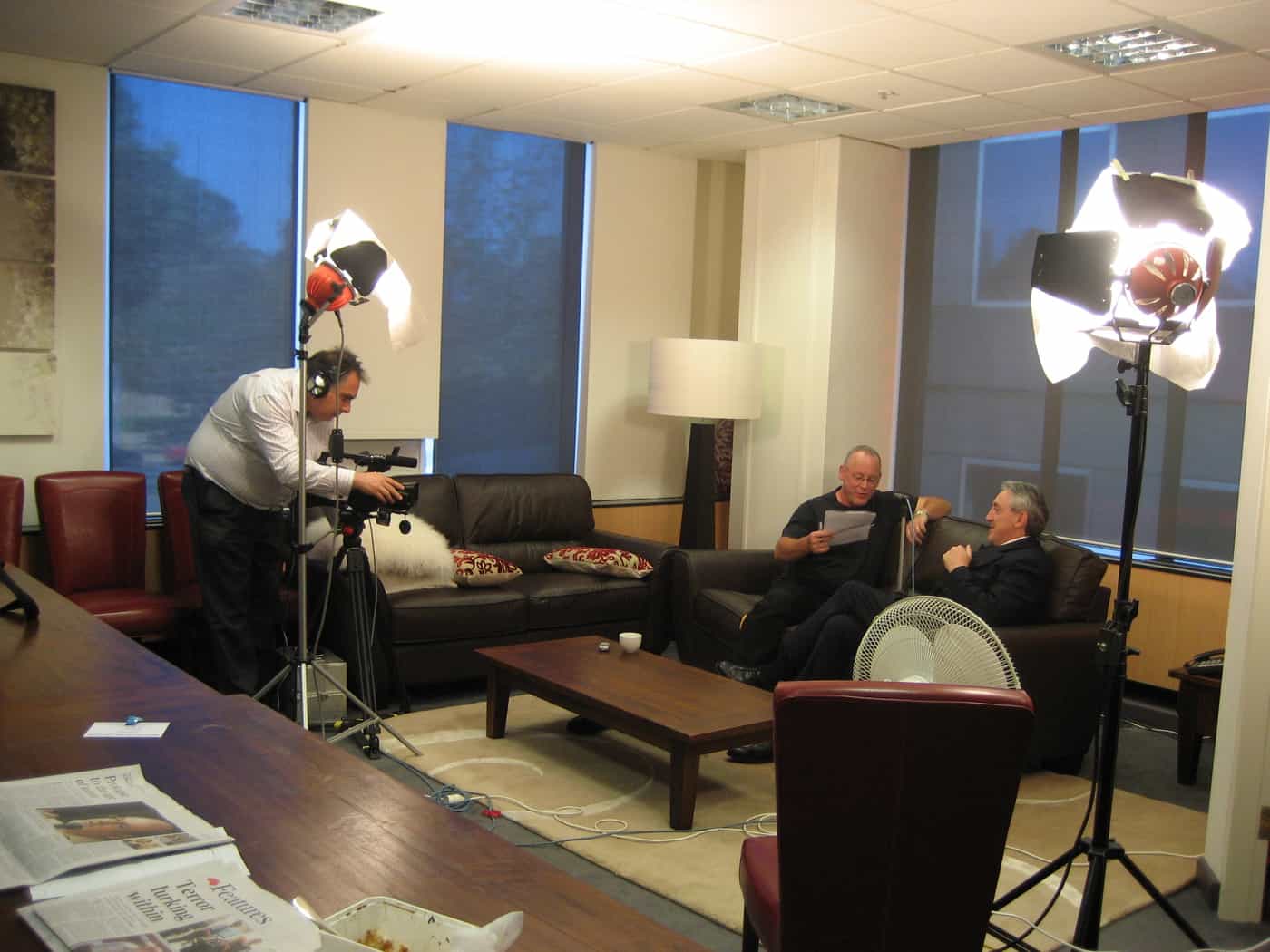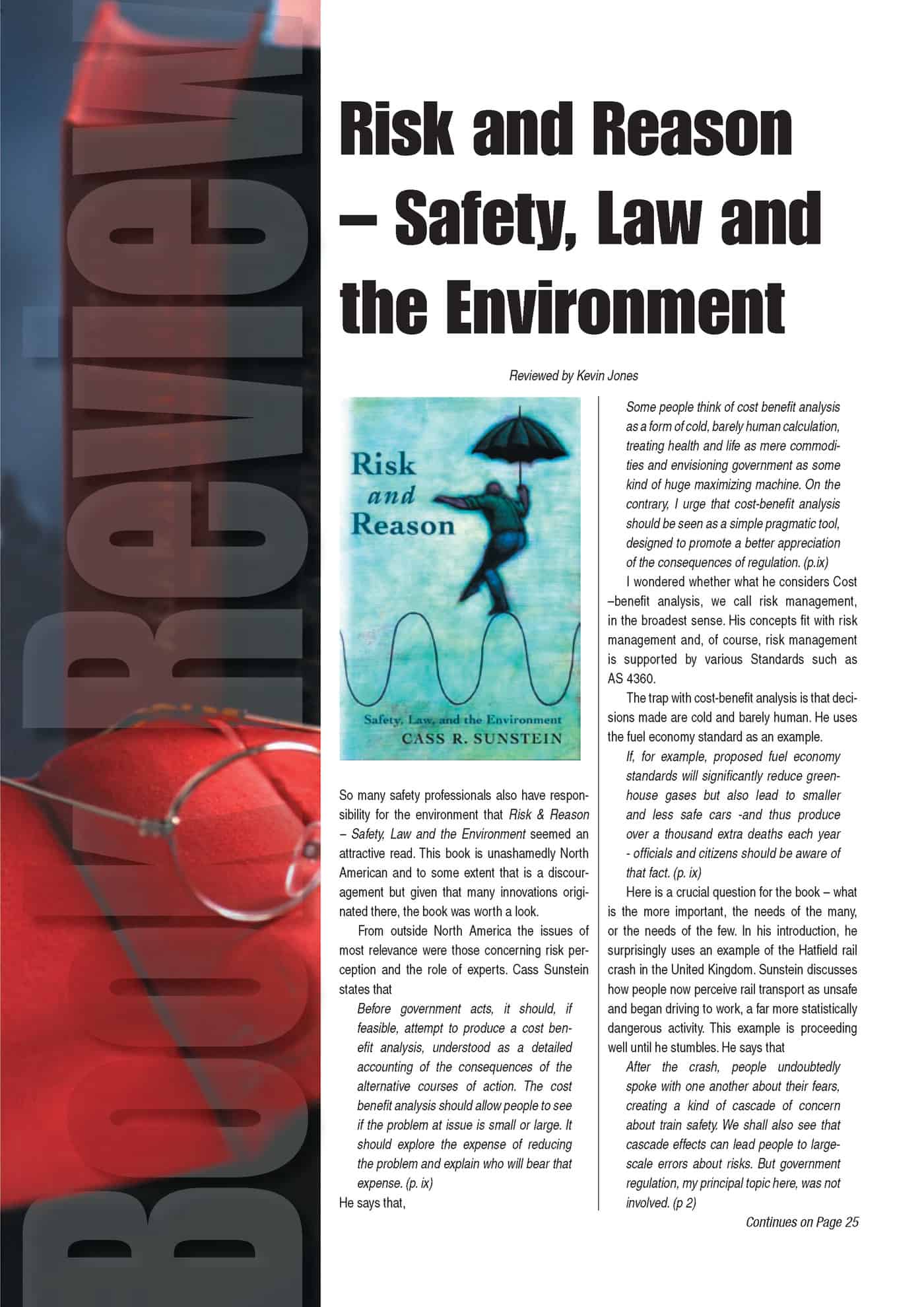In April 2002, I interviewed Lawrence Lorber of US law firm Proskauer Rose on workplace bullying. It was at the height of the Enron collapse and corporate behaviour towards staff was gaining a lot of attention. Over the last fortnight I have been researching some of the management books and concepts concerning leadership, emotional intelligence, modern expectations of managers – all of which could be thrown into “workplace culture.”
As I was reading back issue of the SafetyATWORK magazine, I used to published, there seemed to be valuable comments from Lawrence that remain relevant. Below is an extract of the interview. The full interview is available HERE
SAW: In Australia, the approach to workplace bullying seems to be coming from a systemic management system rather than one relying on psychological assessment.
LL: The highly competitive and highly contentious nature of what is coming out about Enron, the “up or out” atmosphere is one aspect of a system that can lead to managers or co-workers to engage in bullying. The characteristics of being tough or abrasive may be necessary to get ahead in the organisation. The environment can encourage or create bullying tendencies. However, not everybody turns into Attila the Hun in a highly competitive environment. Others survive without taking on the attributes of the bully.
Psychological testing is frequently applied in the States with regard to executive promotions. Dealing with bullying does require a combination of the systemic and individual approach. I work for some companies who are publicly perceived as fairly aggressive, there are tough people there who I might not want to work for but they are effective. They might be perceived as bullies. But looking at bullying as an environmental issue does mask the problem.
SAW: Managers sometimes need to motivate a staff member, perhaps, by rebuking them. The receiver of the rebuke may perceive that as bullying. How can we balance these perceptions?
LL: There were management books in the States in the 1980s, which encouraged management by intimidation. At one point that was the vogue. After the movie PATTON came out, everyone wanted to be General Patton.
If you look at a harsh manager who is demanding in an abrasive manner, that could be bullying.
How do you define bullying? Do you define it by your own reaction? A very US example is sex harassment. Is harassment in the eyes of the beholder? Does it have to be a reasonable woman who believes she is being harassed? In the circumstance where the bully is a male and the recipient is a female, frequently that becomes harassment.
SAW: That is a problem for the managers where for the last 30 years, harassment, bullying and discrimination has been handled outside the OHS field, in Human Resources. Now there are national and international moves to combat bullying because of the stress at work issues. I haven’t seen that approach in the United States.
LL: Here it’s not health and safety. Our definition of harassment is an “intimidating atmosphere”. That can also be a definition of bullying.
I don’t think it will be considered as a health and safety issue because workplace stress is not a field that is devoid of regulation. It is simply being regulated in a different context-employment discrimination and to a lesser extent under the disability laws.



